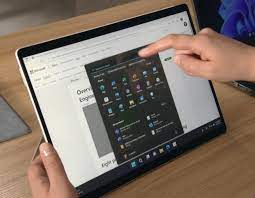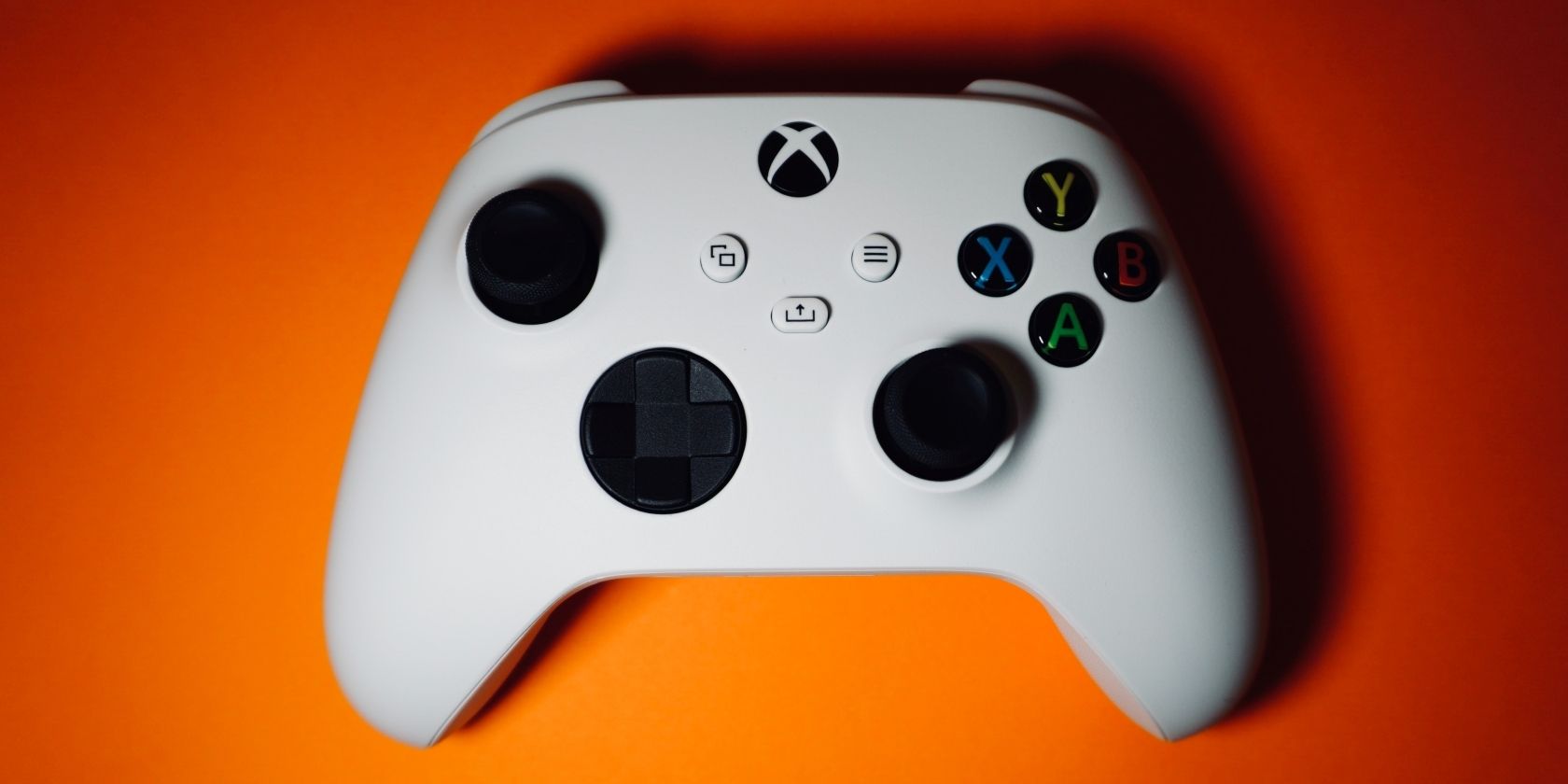Local Users and Groups is a Microsoft Management Console snap-in that provides a graphical user interface for managing users and groups on the local computer. You can use this tool to create new users and groups, add members, and more.
In this article, we will show you seven different ways to open Local Users and Groups on Windows 11.
1. How to open local users and groups through run command
The Run command is one of the most useful tools on Windows, allowing you to quickly launch programs and open folders. But do you know that you can also use it to open local users and groups. To do this, follow these steps.
You will see a list of all the users on your computer as well as their group memberships. From here, you can add or remove users, change passwords, create new groups, and more.
2. How to open Local Users and Groups using Windows Search Tool
The Search tool on Windows can be a great way to find apps and programs installed on your computer. To access local users and groups, type it in the search box, and then click the result.
This will open the Local Users and Groups application on your computer screen.
3. How to open Local Users and Groups via Task Manager
Task Manager is a great tool for managing your computer’s resources and processes. You can use it to view and end tasks, set preferences, view performance information, and open apps and programs on your computer.
Local Users and Groups should now be open and ready to use!
4. How to Open Local Users and Groups with Command Prompt or PowerShell
If you prefer to use the command line interface, you can open Local Users and Groups on Windows using the Command Prompt or Windows PowerShell.
Open Command Prompt on your computer. To do this, you can click on Start or press the Win key on your keyboard. Then search for “command prompt” and select the top result.
In the command prompt, type “lusrmgr.msc” and press Enter. This will open the Local Users and Groups window.
5. How to open Local Users and Groups from File Explorer
File Explorer is a tool on Windows that allows you to access your hard drive and the folders/files stored on it. This utility allows you to access, create and delete files, but is not limited to this. You can also use it to open apps and programs installed on your computer.
Another option is to create a custom shortcut on your PC. To do this, right-click on your desktop and then choose New from the context menu. After that click on the shortcut.
Now type “lusrmgr.msc” in the “Create Shortcut” window and click Next. Give the shortcut a name and click Finish. Once the shortcut is created, double-click on it to open Local Users and Groups.
6. How to open Local Users and Groups with Desktop Shortcut
Alternatively, you can create a shortcut on your desktop for quick access to local users and groups. A shortcut is basically an icon on your desktop that represents a link to a program, file, or folder. When you double-click on it, the item it represents opens.
You will find a shortcut on your desktop; Double-click on the tool to launch it. This can be a useful tool if you frequently need to access or modify user accounts on your computer.
7. How to open Local Users and Groups using the Computer Management utility
You can also access local users and groups through the Computer Management tool.
From here, you can manage local users and groups as needed.
Get easy access to local users and groups on Windows
Are you looking for a feature that lets you manage users and groups on your local computer? If so, you can use local users and groups. Now you know about some of the fastest ways to access this tool on Windows.




